Megaraptor Dinosaur Discovery Reveals New Huge Monster
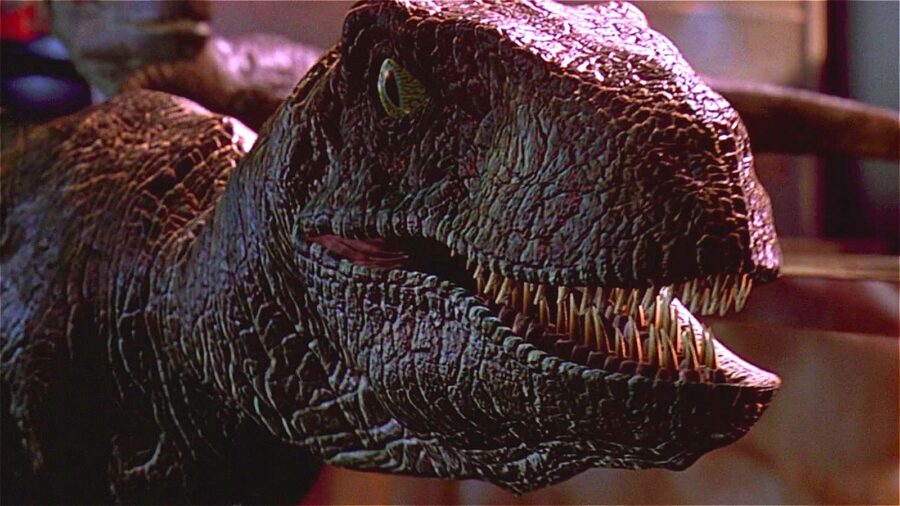
After excavating a large mud stone deposit in China’s Fujian province, paleontologists discovered a group of dinosaur tracks that they purport belong to a giant species of raptor. The more than 200 tracks are remarkably well-preserved and measure in at 14 inches long. The discovery yields a previously unknown type of raptor that researchers have taken to call the megaraptor.
Velociraptors
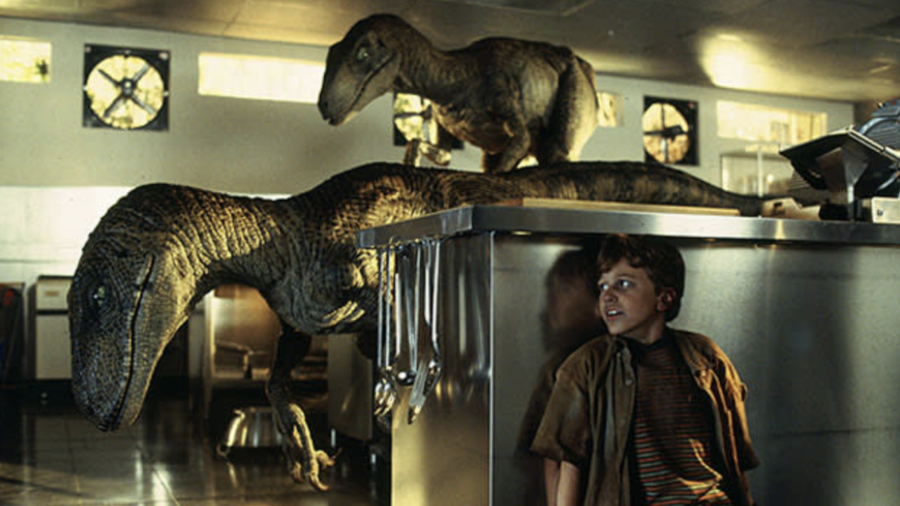
Generally speaking, a raptor is a bird-like dinosaur, distinguished by its upturned snout and broad nose. These beasts were quick hunters, able to tear apart their prey with the large claw that grew on singular toes upon each foot. The species was first discovered in the 1920s by Peter Kaisen while on an expedition in the Gobi desert.
The Cold War meant the end of U. S. researchers in that part of Asia, but scientists from other countries were able to work together to unearth several more skulls and other, more complete specimens. These “fighting dinosaurs,” as they came to be called, were a species closely related to birds and are believed to be a form of large, flightless bird. But until the discovery of the megaraptor’s prints, the general public’s perception of the velociraptors had been greatly skewed by Hollywood.
What Spielberg Gave Us Was Larger Than Reality
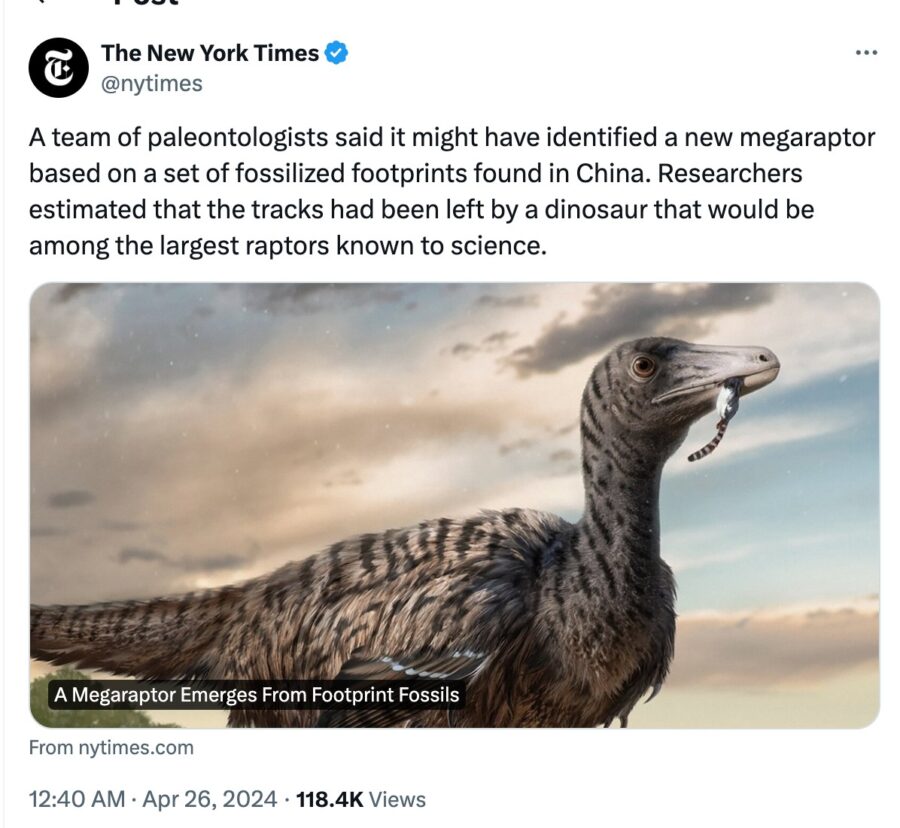
The velociraptors that plagued people in the 1993 hit film Jurassic Park were taller than the average human being, wicked fast, and had ravenous appetites. In reality, these creatures were a lot smaller than what Steven Spielberg put on the theater screen. The extinct raptors that inspired the ones in the film were only about 18 inches high, making them the size of a medium-sized dog.
But There Were Raptors Bigger Than We Knew
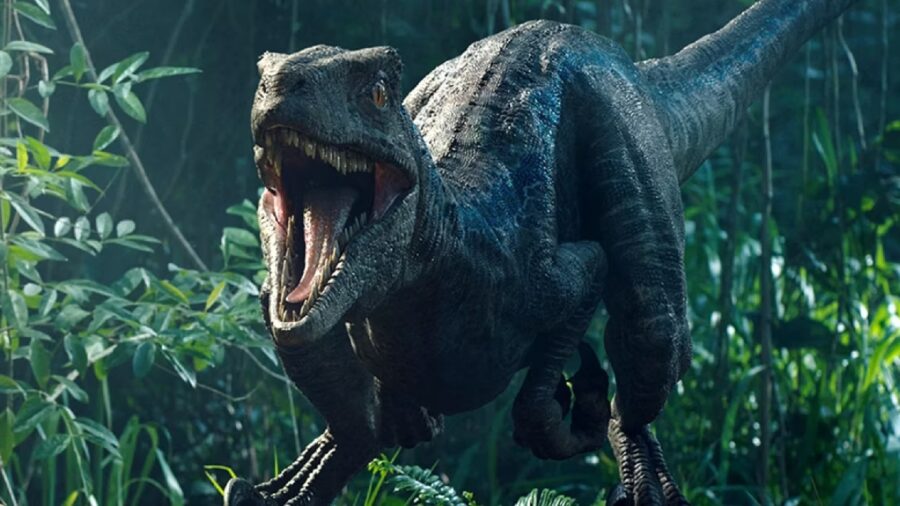
The size of the megaraptor’s footprints mean that this extinct reptile has a height that towers over the previously known examples of raptor. These prehistoric marks show that its owner was nearly six feet tall, in line with the size of the velociraptors that terrified audiences more than 30 years ago.
Scientists Are Hoping To Find A Skeleton
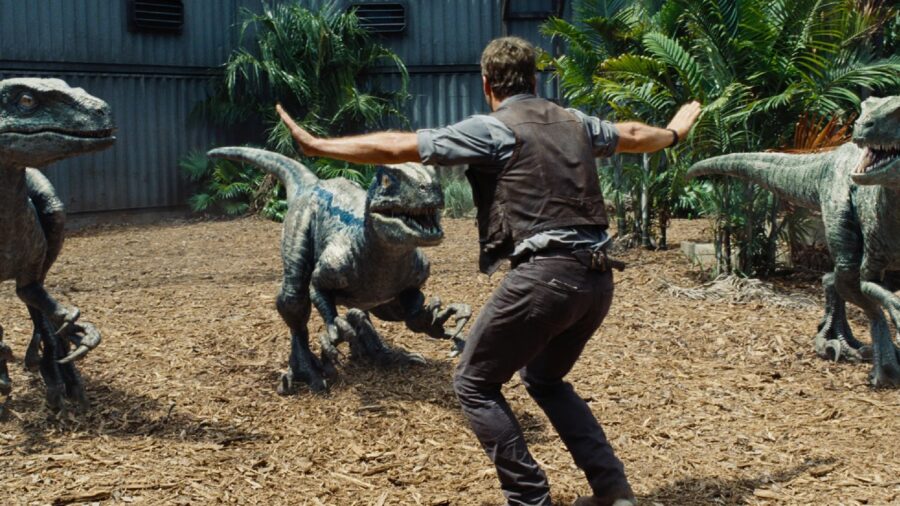
The tracks were uncovered in 2020 and are a part of a larger track site that is slowly being unearthed by paleontologists. The scientists are keeping their fingers crossed that this excavation site will uncover a lot more than just ancient tracks. With some patience and a little bit of luck, they might well uncover the skeletal remains of a megaraptor.
They’ll be looking for a two-toed reptile beneath millions of years’ worth of mud and rock. Most of the land-dwelling creatures from the age of the dinosaurs had three toes on each foot, with raptors being an exception. This meant a bit of shock when the tracks were noted for their large size, as that attribute signaled for a raptor many times larger than any specimen previously thought to exist.
We’ll Keep Listening

Bones and/or bone fragments will give paleontologists a better understanding of the time this creature walked the Earth, as well as what animals might have existed alongside it. At 15 feet long and nearly six feet high, these dinosaurs would have been quite swift, though not as fast as they were in the film.
For now, the megaraptor is going by the name given to it by the research team. Fujianipus yingliangi will hopefully be more than just a set of well-preserved footprints in prehistoric mud, as the excavations continue.
Sources: ABC News












